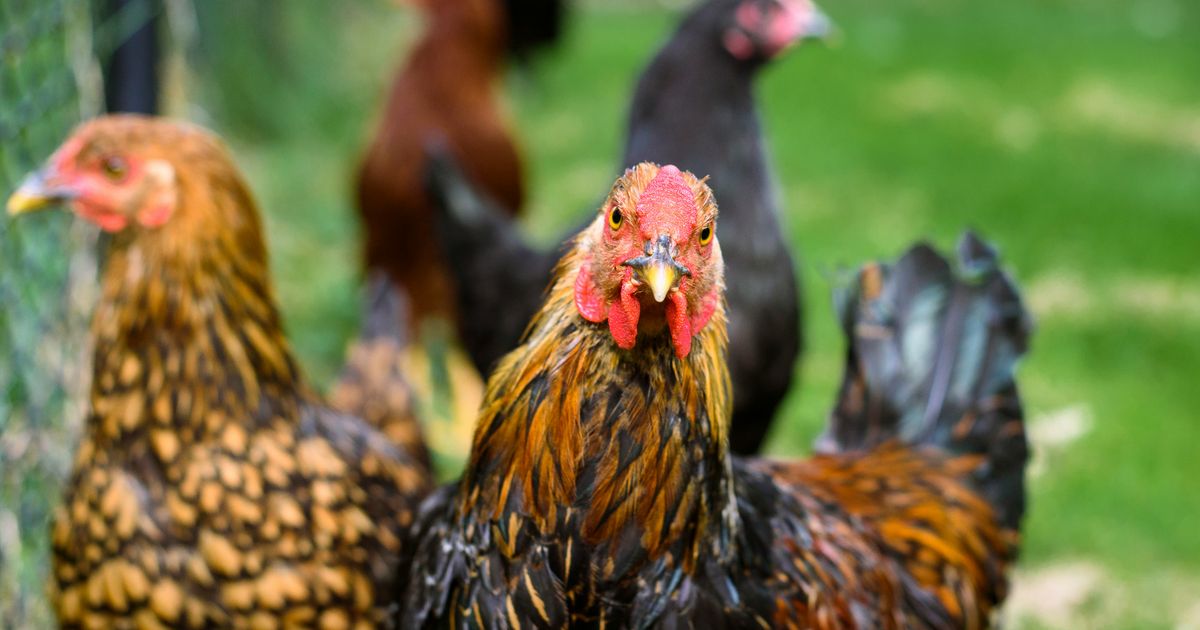
This is how chickens ended up in Europe
Today there are more chickens on Earth than there are humans, a fact that shows just how important chickens are as a farm animal. But the chicken's past remains a mystery. “We know that the domestication of chickens occurred in Southeast Asia,” says Robert Springler (Max Planck Institute). But how the animal later spread across Eurasia is less clear. There are several reasons for this. Chicken bones are small and brittle and are less well preserved than, for example, cattle remains. There are many other wild birds that have similar bones and eggs, making identification difficult. Not much carbon dating has been done on archaeological finds of chickens yet.
Spengler is actually a botanical archaeologist and studies plant seeds and spores in samples from archaeological sites. “In those samples, I often found very small fragments of eggshells. I started collecting them over the years. However, until recently there was no way to know for sure whether the eggs were chicken eggs or not. Using proteomics With this new method of protein profiling, we were able to compare eggshell fragments with those from modern chickens. This way we knew for sure that it was indeed made from chicken eggs.
Perseverance is the key to success
Springler and his team's research focuses not on the domestication of chickens, but rather on their spread, according to Springler. “Chickens seem to have spread from Southeast Asia along two major trade routes in that period. On the one hand, the Silk Road connecting China with Europe. But there is also a second route through which chickens reached the Mediterranean as an agricultural animal. The so-called Incense Route, which Connecting the coastal regions of Southeast Asia to the Mediterranean world via the Red Sea.
Modern chickens lay eggs all year round. However, the ancestors of chickens did not do this. Like other birds, they lay a small number of eggs at a specific time of the year. At some point the property emerged that chickens also produce eggs outside their normal laying period. “Before chickens laid a lot of eggs, they were kept for meat or as ornamental birds,” Sprengler says. “About 2,500 years ago, chickens began to grow rapidly. Within a few centuries, chickens appeared in parts of China, the Mediterranean and Great Britain. The ability to lay eggs for long periods of the year must have played a major role in the chickens' sudden success.”
Modern chickens lay eggs all year round. However, the ancestors of chickens did not do this. Like other birds, they lay a small number of eggs at a specific time of the year. At some point the property emerged that chickens also produce eggs outside their normal laying period. “Before chickens laid a lot of eggs, they were kept for meat or as ornamental birds,” Sprengler says. “About 2,500 years ago, chickens began to grow rapidly. Within a few centuries, chickens appeared in parts of China, the Mediterranean and Great Britain. The ability to lay eggs for long periods of the year must have played a major role in the chickens' sudden success.”

“Travel enthusiast. Alcohol lover. Friendly entrepreneur. Coffeeaholic. Award-winning writer.”
